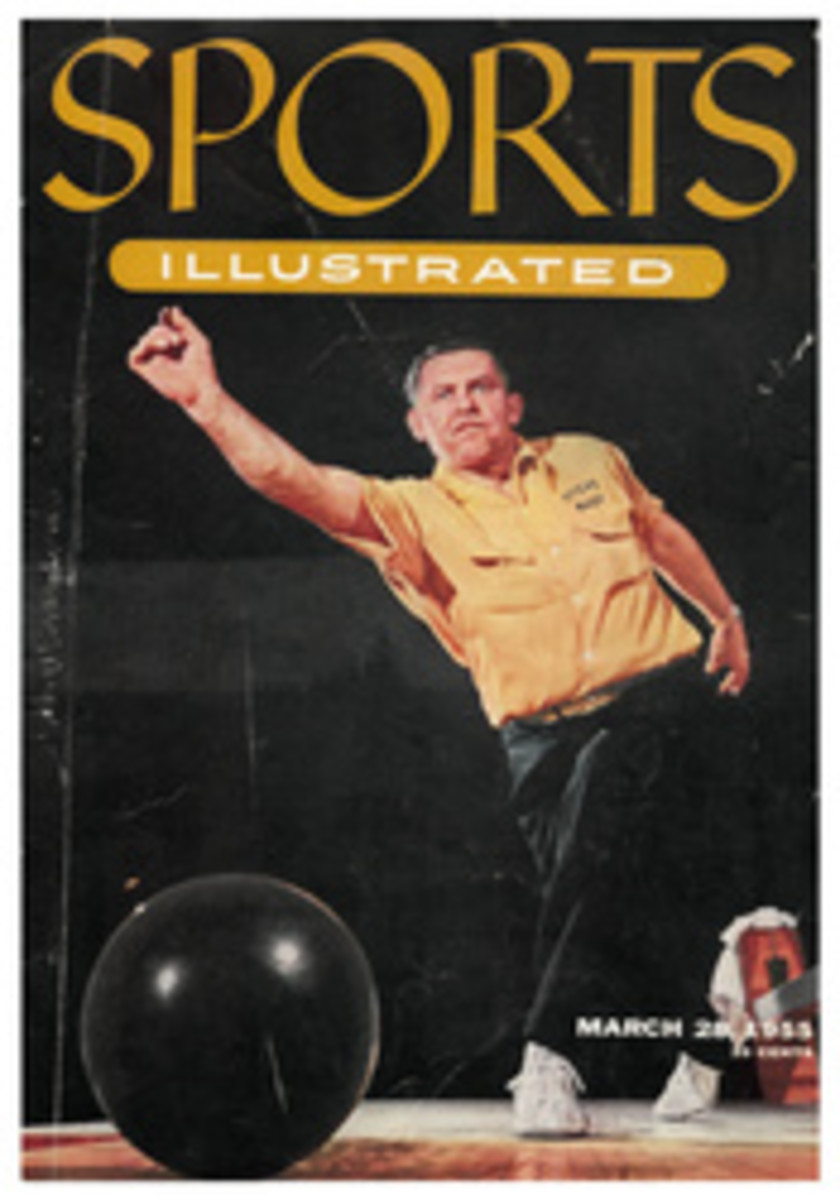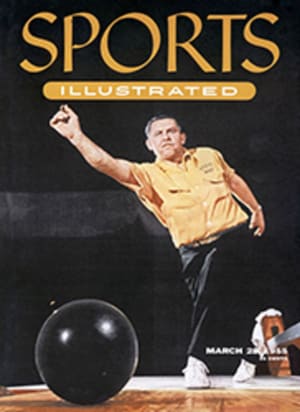
YOU SHOULD KNOW: golf's etiquette rules
It's that time again
Another golf season is upon us (those of us, that is, who weren't lucky enough to get south). All over the country, men and women are getting their clubs out of attics and cellars and polishing them in anticipation of warmer weather to come. We think this is a good time to call to your attention the basic rules of etiquette connected with golf—rules that beginners should become familiar with, and seasoned golfers would do well to review in the interest of making a day on the course more enjoyable for everyone. At a later date we'll discuss the manners of golf—little things that the considerate golfer does in the interest of others—but for now let's confine ourselves to the rules as formulated by the United States Golf Association.
1. Don't disturb the player
No one should move, talk or stand close to or directly behind the ball or the hole when a player is addressing the ball or making a stroke. Standing quietly at a good distance from the ball not only keeps you safely out of harm's way but gives the player a better chance to concentrate.
2. The honor
The player who has the honor should be allowed to play before his opponent or fellow-competitor tees his ball. This is standard courtesy. The man with low score on the previous hole tees up first on the next one.
3. Play it safe
No player should play until the players in front are out of range. Just use common sense. If in doubt, don't hit. Your good judgment can prevent injury.
4. Don't tarry
In the interest of all, players should play without delay. You do others a disservice by holding up play, and delay is no help to your own game.
5. Lost ball
Players searching for a ball should allow other players coming up to pass them; they should signal to the players following them to pass, and should not continue their play until those players have passed and are out of range. This, again, is in the interest of speeding up play for all.
6. In the trap
Before leaving a bunker, a player should carefully fill up all holes made by him therein. Think of the consequences your footmarks will have on matches behind you. Someone's ball may come to rest in a sand-trap hole you made, putting that player at an unfair disadvantage in making his next shot.
7. Repair damage
Through the green, a player should insure that any turf cut or displaced by him is replaced at once and pressed down, and that, after the players have holed out, any damage to the putting green made by the ball or the player is carefully repaired. In other words, the man who holes out after you deserves as smooth a green as you found. Others suffer from your carelessness.
8. Care of the green
Players should ensure that, when dropping bags or the flagstick, no damage is done to the putting green, and that neither they nor their caddies damage the hole by standing close to the hole or in handling the flagstick. The flagstick should be properly replaced in the hole before the players leave the putting green. Proper care of the putting green is vitally important. Any little depressions on the green's surface, especially near the hole, can throw a putt off line. If your ball makes a depression in the green, scoop it out with a golf tee, then press the turf back to a level plane.
9. Move on quickly
When the result of a hole has been determined, players should immediately leave the putting green. Lingering on the green to add up your score for the hole just completed delays a following match. Add your score on the next tee, where you won't be holding up other golfers.
Illustration
The USGA has readied a film graphically depicting etiquette errors on the golf course. Rental fee is $15. This 16 mm. film, which runs 17½ minutes, is available now for bookings. Write National Educational Films, Inc., 165 West 46th Street, New York 36, N.Y.

